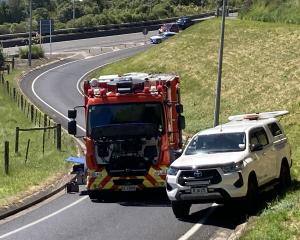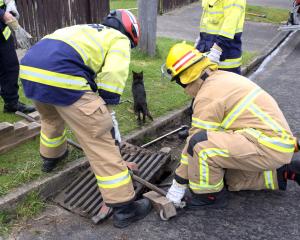Staff members at national grid company Transpower are watching South Island hydro-electricity storage lake levels carefully, but say provided rain falls in the next three months as forecast, there should be no winter power shortages.
Transpower general manager of systems operations Kieran Devine, who is based in Wellington, said lake levels in the central and lower South Island had been low for months but rainfall in recent weeks had helped.
"Levels are still below average, but that is not an issue in itself, as storage is 81% of average throughout New Zealand. To get ourselves into trouble over winter, rainfall [in the next three months] would have to be worse than the lowest rainfall recorded in any year of the past 80 years for which records have been kept, and we can't see that happening."
Niwa was forecasting average rainfall for the period, he said yesterday.
Extremely low rainfall in December and January led to such low river flows and storage lakes levels that by mid-February, energy companies Meridian and Contact had reduced generation. Meridian operates six power stations on the Waitaki River as well as a station at Manapouri, while Contact operates the Clyde and Roxburgh dams on the Clutha River.
Rain since late January had boosted storage lake levels again, company spokeswomen said.
Meridian's main central South Island storage lake of Pukaki was this week at 62% of average for the time of year, while Manapouri, in the Waiau catchment, was at 56% of average.
Lake Hawea, which has control gates, was about 75% full for this time of year, a Contact spokeswoman said. The outflow was being increased to 90cumecs after being held at 30cumecs at Easter because of lower electricity demand, she said.
About 28GW of electricity was used daily in the South Island, Mr Devine said, about 15GW of that generated from "run of river" hydro-electricity stations.
In February, storage lakes and river flows were so low, almost everything but "run of river" generation was being generated in the North Island and sent south across the inter-island link, he said. The situation had improved since, about 7GW of electricity now being generated daily from the hydro-electricity storage lakes.














